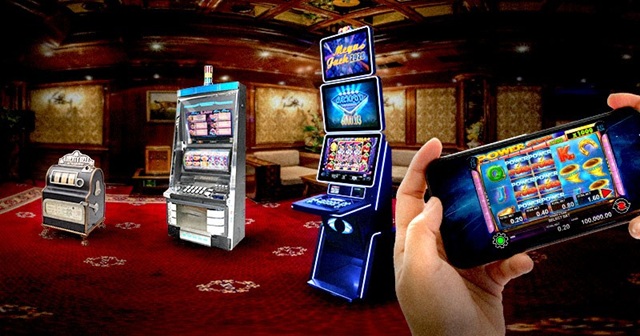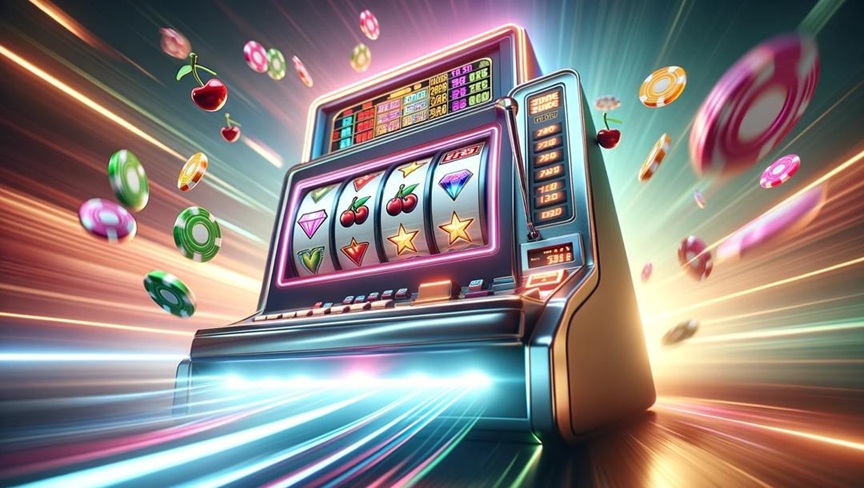Online slots are not only games of chance but also marvels of design and psychology. Behind the vibrant graphics and captivating sounds lie a series of User Experience (UX) tricks specifically engineered to keep players spinning. These subtle yet effective design elements influence behavior and create an addictive loop of engagement. While these features make slots entertaining, it’s vital to understand how they work so you can enjoy them responsibly.
1. The Near-Miss Effect
One of the most powerful psychological tricks in slot design is the near-miss effect. This occurs when the reels almost align for a big win but stop just short, giving the illusion that you were “so close.” For example, landing two jackpot symbols with the third right next to the reel can trigger a strong emotional reaction.
This effect taps into our brain’s reward system, tricking us into believing that a win is imminent, even though each spin is entirely random. The near-miss phenomenon encourages players to keep spinning, convinced that their next try could be the one that hits the jackpot.
2. Variable Reward Schedules
Online slots operate on variable reward schedules, meaning players are rewarded unpredictably but frequently enough to keep them engaged. This design mirrors techniques used in behavioral psychology, such as those in slot machines in physical casinos.
By delivering wins at random intervals, players are kept on the edge of their seats, eager for the next “reward.” This creates a dopamine spike, the same chemical released during pleasurable activities, which reinforces the behavior. The unpredictability is what makes it so compelling, as you never know when the next big win might occur.
3. Sensory Stimulation
Sensory elements like flashing lights, vibrant colors, and upbeat sounds are integral to online slots’ allure. A winning spin is often accompanied by celebratory animations, coin sounds, and music, creating a sense of excitement and accomplishment.
Even small wins are exaggerated by these sensory cues, making players feel like they’re achieving something significant. These effects are carefully calibrated to sustain engagement, encouraging players to chase that thrilling feeling again and again.
4. Gamification
Gamification is another addictive element frequently seen in modern online slots. This refers to transforming the gambling experience into something more interactive by adding game-like features. For instance, many slot games include levels to unlock, missions to complete, or free spin bonuses that feel akin to achievements in video games.
Loyalty programs often incorporate gamification, rewarding players with points or badges for spending time or money on the platform. These elements foster a sense of progression and accomplishment, making players more likely to continue spinning to “complete” the game or reach the next tier.
5. Losses Disguised as Wins
Ever spun a slot and received a payout smaller than your original wager, yet the game celebrated it as a win? This is known as a “loss disguised as a win.” For instance, if you bet $5 on a spin but win back $2, the flashing lights, celebratory music, and animations give the illusion of success.
This trick confuses your brain into feeling rewarded, even when you’re technically losing. It’s another way games keep players in a positive mindset, often leading them to play longer than they initially intended.
Conclusion
The addictive UX tricks embedded in your favorite slots are a testament to their brilliant design and psychological allure. From near-miss effects and thrilling reward schedules to sensory stimulation and gamification, these features work together to create a captivating experience.
By staying mindful of these tricks, you can enjoy playing without falling into the trap of excessive gambling. Responsible play is the key to keeping the excitement alive while staying in control. Happy spinning!

